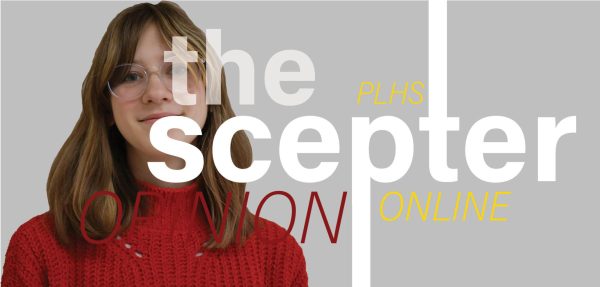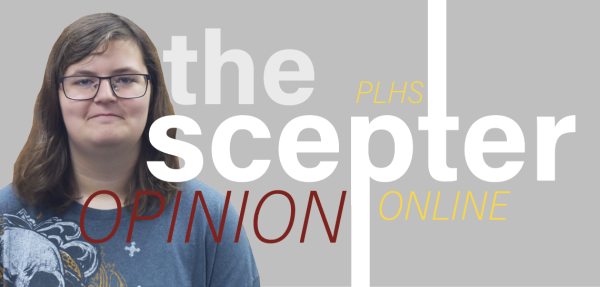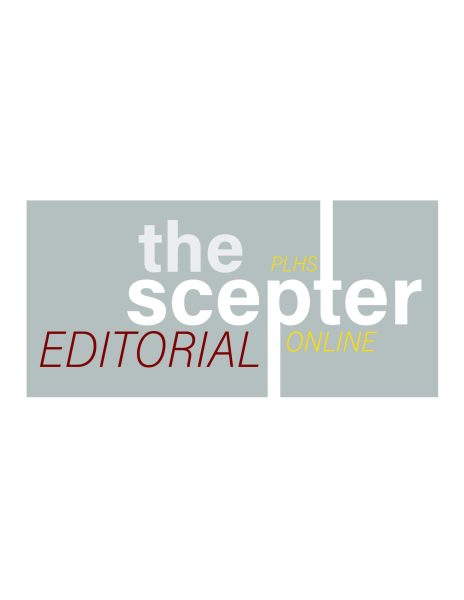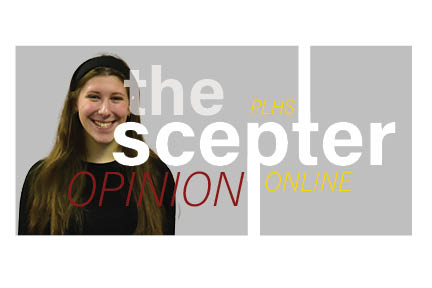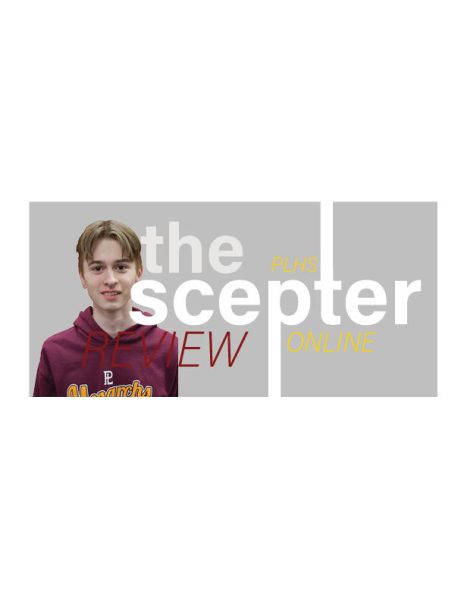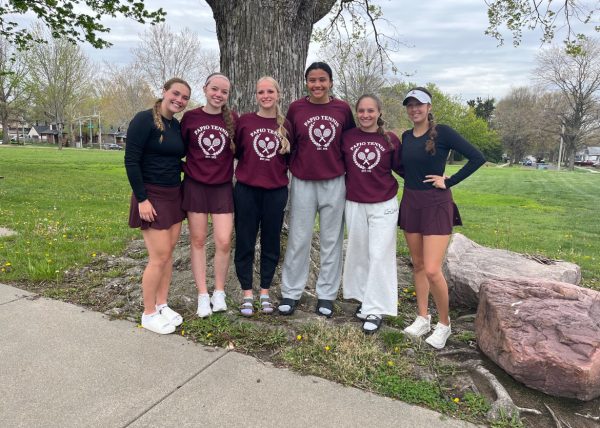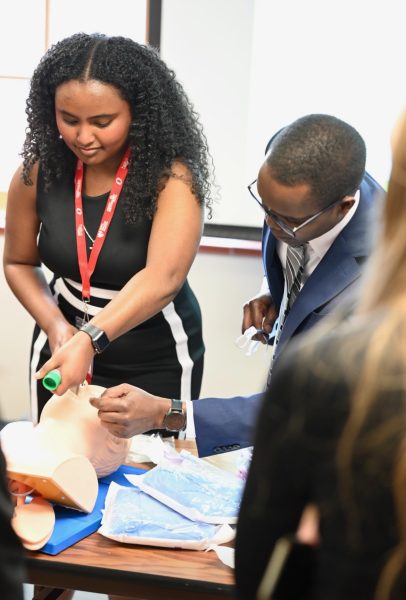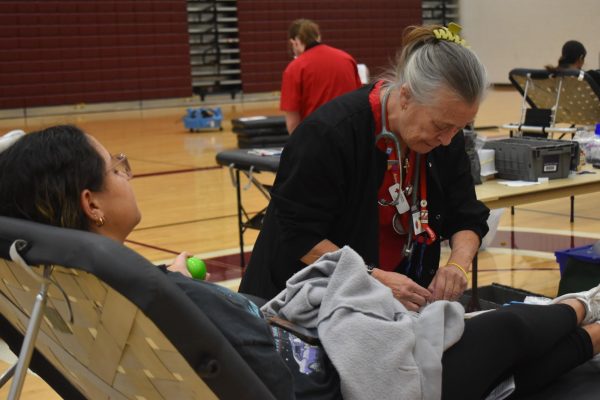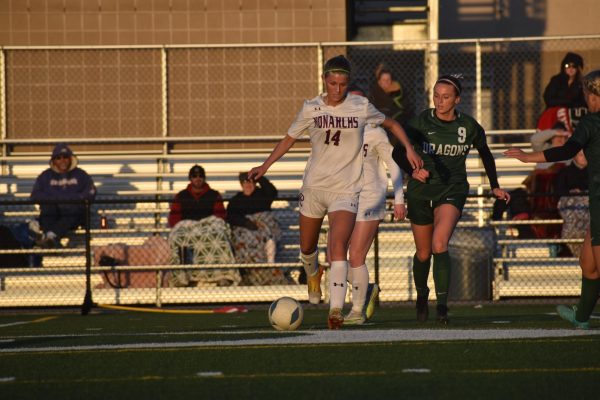It’s Time to Talk about Representation
Even though Hollywood is a conceptually liberal industry, they fail to represent the LGBTQA+ community well.
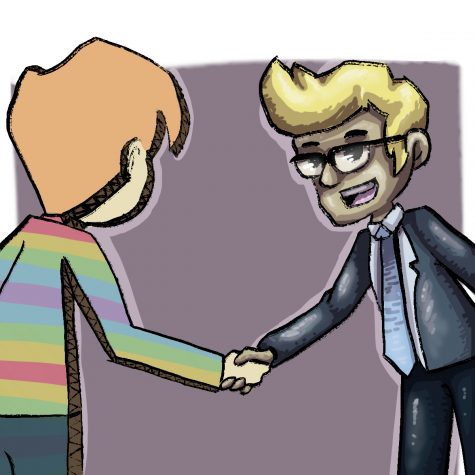
When I first saw the trailer for the movie “Love, Simon,” I was so happy I couldn’t help but giggle. I remember going to the movies and having my mind blown at the fact that a gay character was the lead in a blockbuster movie, especially when the primary focus of the story was the main character questioning his sexual orientation.
I remember feeling a sense of belonging as I sat in the theater watching the movie and seeing my own personal struggles reflected on the big screen for the first time ever. I couldn’t help but wish I could have seen that movie when I was younger, especially when I was questioning my own sexual orientation. To this day I wish I could have had an opportunity like this to understand the struggles that people in my community go through as well as that questioning who I was attracted to and my gender identity was completely normal. The comfort of knowing that I wasn’t alone in my struggle with my identity, and that my struggles could be reflected on the big screen made me feel like I belonged, like someone could finally understand what I had gone through.
The job of movies is to show people something they have never seen before, and are capable of bringing acceptance to the communities that need it the most. And I, as a member of the LGBTQA+ community, cannot help but be incredibly excited when I see any representation of my community in movies.
Hollywood is conceptually a liberal industry, as movies exist as a subjective art form and as a way to freely express the struggles of other people through videography. Even still movies like “Love, Simon” are few and far in between; we don’t see nearly enough LGBTQA+ characters in Hollywood, and it’s time that trend has changed.
The representation of the LGBTQA+ community is noticeably absent from most movies, and the struggles that people in this community experience remains largely unknown despite these issues being featured on the main stage of the modern social agenda, making Hollywood obnoxiously outdated rather than simply ignorant.
An example of Hollywood’s outdated nature is the fact that of the 109 major movie releases in 2017, only 14 had LGBTQA+ characters, none of which portrayed a transgender character. Only nine of these movies with LGBTQA+ characters passed the Vito Russo test, a test in which to pass an LGBTQA+ character must be both significant to the plot and cannot be defined by their sexual orientation or gender identity. Showing that even when you see characters in films that doesn’t necessarily mean they are being represented.
Arguments Against Representation
People sometimes argue that the LGBTQA+ community is asking for too much representation, but the LGBTQA+ characters we see are few and far in between, but more importantly, they improperly represent this community. Imagine the outrage if a character in a film was only defined by the fact that they were straight or cisgender, or if a movie had only LGBTQA+ characters and characters that are straight or cisgender are insignificant to the plot.
Many people who argue against this representation also say that the concept of the LGBTQA+ community is too complicated for kids to understand. This claim is false as children are among the most accepting group of people there is, and once they find out that this community exists most of them would accept this fact and move on because it is not the people that children don’t understand; it’s prejudice.
The other widely used argument against representation is that watching LGBTQA+ characters will turn your kid LGBTQA+. This statement is not only offensive but is also incredibly demeaning.
By saying that people “turn” or “are turned” LGBTQA+ is not only derogatory, but also implies that heterosexual love and cisgender people are normal and natural and that people who are anything but that are unnatural and abnormal. It also implies that LGBTQA+ people choose to be LGBTQA+, although by arguing this they indirectly say that being straight and cisgender is also a choice. But if I had a choice to be heterosexual and be considered normal rather than be gay and continuously live in fear of my identity and what other people would do to me because of it, what do you suppose I would choose? I, just like most other people, would prefer not to live in that fear of being ridiculed for something I can’t change. Telling me that my gayness is a choice is just like me telling you that your straightness is a choice when neither is the case. No one wants to hear that they are invalid because of something as undefining as gender or orientation and by making these arguments against representation for this community, yet people do exactly that.
The Struggles of Questioning
In our world today people who question their sexual orientation or gender identity question something that is universally normalized and accepted, which, to a young adult, could be terrifying. People who say being LGBTQA+ is a choice only perpetuate people’s belief that straight and cisgender are the standard rather than an example of the many orientations and genders, when being LGBTQA+ is just as normal and natural as not being LGBTQA+.
But what makes the journey that much harder is that most of the time, people who are questioning don’t know about anyone else who is questioning, and this is where Hollywood’s failure to portray LGBTQA+ characters is most frustrating. This is where Hollywood has a chance to not only be more diverse and begin a conversation about this community, but also provide a common platform for questioning individuals to find answers, but they have failed to do something as simple as that.
Going through the process of questioning is one of the most awkward, scary and weird processes you can go through. Many people don’t realize that others don’t always know whether they are transgender, bisexual, asexual or gay, or even that you can identify as different things or nothing if that is what best fits who you are. While questioning is a vastly unknown and exposing journey to most people, and a considerable amount of blame for this ignorance falls onto Hollywood’s failure to portray people who have experienced similar journeys in this community. Hollywood has the ability and the opportunity to help people through their questioning and help them understand that questioning is completely normal, yet they choose to withhold this power.
Implications
The people that speak out against the LGBTQA+ community’s representation is a symptom of the overall ignorance of the LGBTQA+ community and their struggles. A lack of understanding leads to their insensitive and false opinions on LGBTQA+ representation, but this community of ignorant naysayers is only a symptom of a larger bias and ignorance towards the LGBTQA+ community which has had harmful effects on the LGBTQA+ community as a whole.
At this point, 67% of LGBTQA+ youth hear their families make negative comments about LGBTQA+ people, and 48% of LGBTQA+ youth that have come out to their parents report that their families make them feel ashamed for being LGBTQA+. To put this into perspective, imagine being told that you were wrong for having brown eyes; imagine trying to explain that it’s not a choice, that you were born this way, to a family who won’t listen or refuse to understand. When you face ridicule or rejection from your parents for who you are, it makes you not want to be yourself but no matter how much you want to change it, you simply can’t.
Today, up to 40% of the homeless youth population is LGBTQA+, even though LGBTQA+ people make up five to 10 percent of the population, and a very possible and saddening cause of this is LGBTQA+ kids being kicked out of their homes for being in this community or them running away in fear of discovery and the ridicule that could follow. And these are only a few of the many horrifying statistics that exhibit the challenges the LGBTQA+ community faces.
The lack of diversity in Hollywood shows an inability to be inclusive and failure to break the cycle of ignorance has been disappointing to say the least. People are uneducated about the struggles this community deals with and can be unaware of the consequences of their inaccurate and outspoken opinions. If Hollywood is too afraid to represent this community because of the backlash, they not only encourage people against inclusion, but imply, to some extent, that they agree with those that discriminate against these peoples, for which there is no excuse.
If Hollywood doesn’t represent for inclusion’s sake, then it should represent for the 26 transgender people that were murdered so far this year. For the 34% of the LGBTQA+ students that were bullied at their school or the 40% of LGBTQA+ or questioning high school students that planned to commit suicide or attempted suicide. For the 40% of transgender adults that attempted suicide. For the 10% of LGBTQA+ students that were threatened or injured with a weapon on school campuses, or the 11% of LGBTQA+ that report of having been raped or sexually assaulted for their assumed sexual orientation or gender identity.
They should represent for the LGBTQA+ people who are struggling and just need to see someone like them to show them that they are not alone, nor are they wrong, and for the people that want to know more about this community and the people that need to know more about this community. All I wanted was to see someone like me. That’s all anyone ever wants, so why is Hollywood withholding this power?
Sources:
https://www.thedailybeast.com/glaad-report-hollywood-is-failing-lgbt-characters-in-its-movies
https://www.hrc.org/blog/new-report-on-youth-homeless-affirms-that-lgbtq-youth-disproportionately-ex
https://www.hrc.org/youth-report/view-and-share-statistics
https://www.hrc.org/resources/violence-against-the-transgender-community-in-2018
https://www.cdc.gov/lgbthealth/youth.htm
https://www.cnn.com/2017/12/19/health/lgbq-teens-suicide-risk-study/index.html



